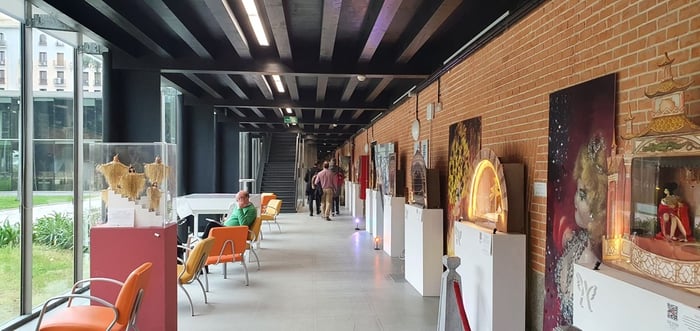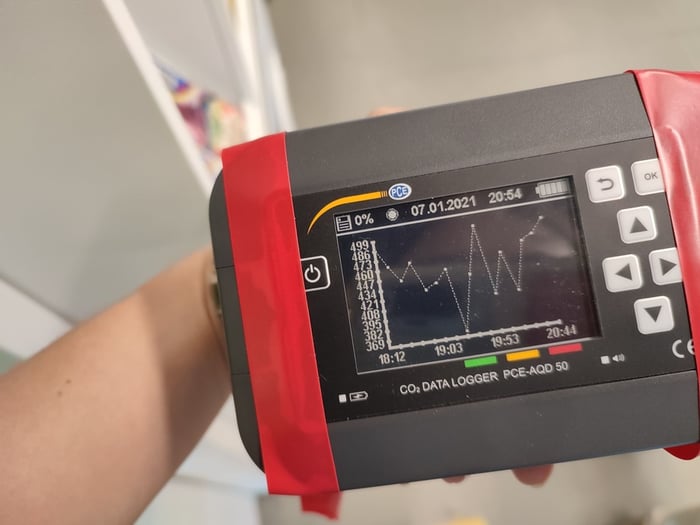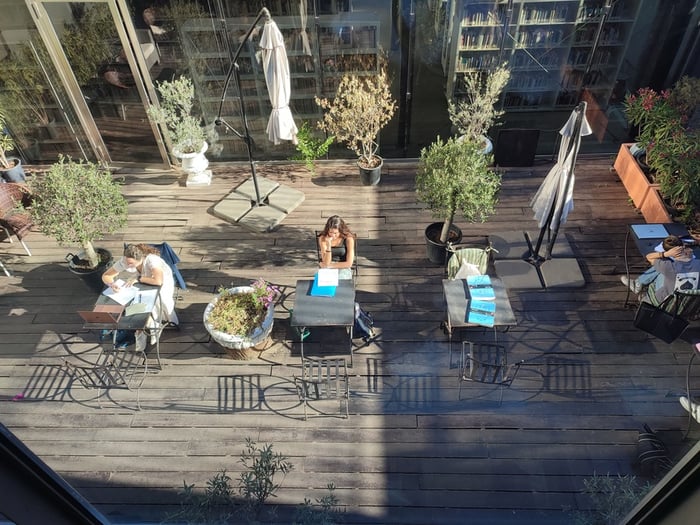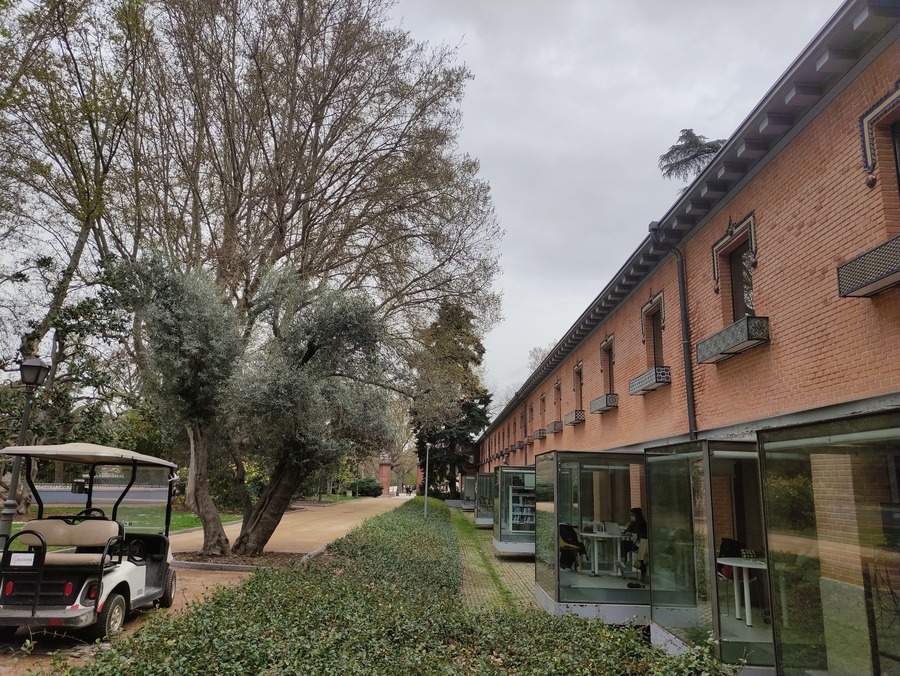Taking care of the environment, optimising costs and improving timescales are the main reasons for choosing to go for a sustainable strategy in construction and building rehabilitation in order to guarantee current needs and minimise the impact in order to try to preserve the legacy for future generations.
With the construction and use of buildings responsible for much of the carbon emissions and energy consumption, how can sustainability be improved? What are the different characteristics of innovative buildings, and how can we make them sustainable?
Innovative and sustainable buildings: are both objectives aligned?
Sustainable buildings are those that are environmentally friendly, comfortable and designed to optimise materials, costs and time for their construction. Currently, there are simulation tools that help identify the best proposals to increase energy savings and resources through preliminary simulations. These tools allow for the analysis of the thermal data of the materials used in the design and construction of a project. This allows, based on this analysis, to obtain the total energy and thermal demand during the building use and thus to choose the best strategy to optimise or, ideally, reduce this demand.
Existing buildings and the importance of their rehabilitation
Innovation in terms of sustainability tends to be more focused on those buildings to be constructed, where preliminary analyses can be carried out as early as the design stage. However, in terms of the rehabilitation of a building, there are few cases where it is being implemented.
The current state of a building in terms of its energy efficiency can be determined through various on-site tests. These allow identifying the weak points of the existing construction and thus being able to address the energy improvements to be implemented.

Retrofitting in buildings of Madrid
The team of Zero Consulting and E. Bardají & Asociados Arquitectos in collaboration with one of the precursors of the Passivhaus sustainability certification system have carried out a battery of tests in the Eugenio Trías Library. A building rehabilitated in a very innovative way located within El Retiro park. It is a unique building, considered a World Heritage Site in Madrid for its history and construction. In 2013, it was rehabilitated to give it a new use as a library, and today it is one of the most frequented in the city.
In order to determine the thermal behaviour of the building, numerous energy studies have been conducted in the building:
- Blower Door Test : allows measuring air infiltrations in buildings and detecting unwanted air entries.
- Thermography: measures heat loss through the envelope.
- Smoke machine: detects air leaks.
- Thermoflowmetry: this is the measurement of the heat flow through an envelope.
- Composition of envelopes: this analyses what the different layers of the envelopes are composed of.
- Energy audit: through which the current energy consumption of the building is known.
- Data collection of the installations: in which the HVAC, lighting and photovoltaic installations were analysed in detail, looking for incidents that could be resolved to improve the energy efficiency of the building.

- Artificial Light Luxometry: to determine the data of the currently implemented lighting and to know the actual lighting of each of the spaces.
- Artificial Light Luxometry: to determine the data of the currently implemented lighting and to know the actual lighting of each of the spaces.
- Temperature, humidity and CO2 data logging: to keep track of measurements of indoor conditions.

With these tests, studies could be conducted to improve the thermal envelope and the facilities to extend the lifespan of the elements and adapt them to the energy needs of the new energy efficiency regulations. Thus, a historical and innovative building can be enhanced, which, in turn, is adapting to new demands.
This essay conducted at the Eugenio Trías Library aims to be the novelty that soon extends to other public buildings. Energy retrofitting through on-site testing is an increasingly necessary process, as the current building stock in Spain has major construction and operational deficiencies. Currently, it is more important to take advantage of what exists and rehabilitate than to focus on new construction.
Energy retrofitting existing buildings can result in innovative and sustainable buildings that improve their energy efficiency and occupant comfort, and significantly reduce their energy costs and environmental footprint.


